Which of the following curves does not represent motion in one dimensions?
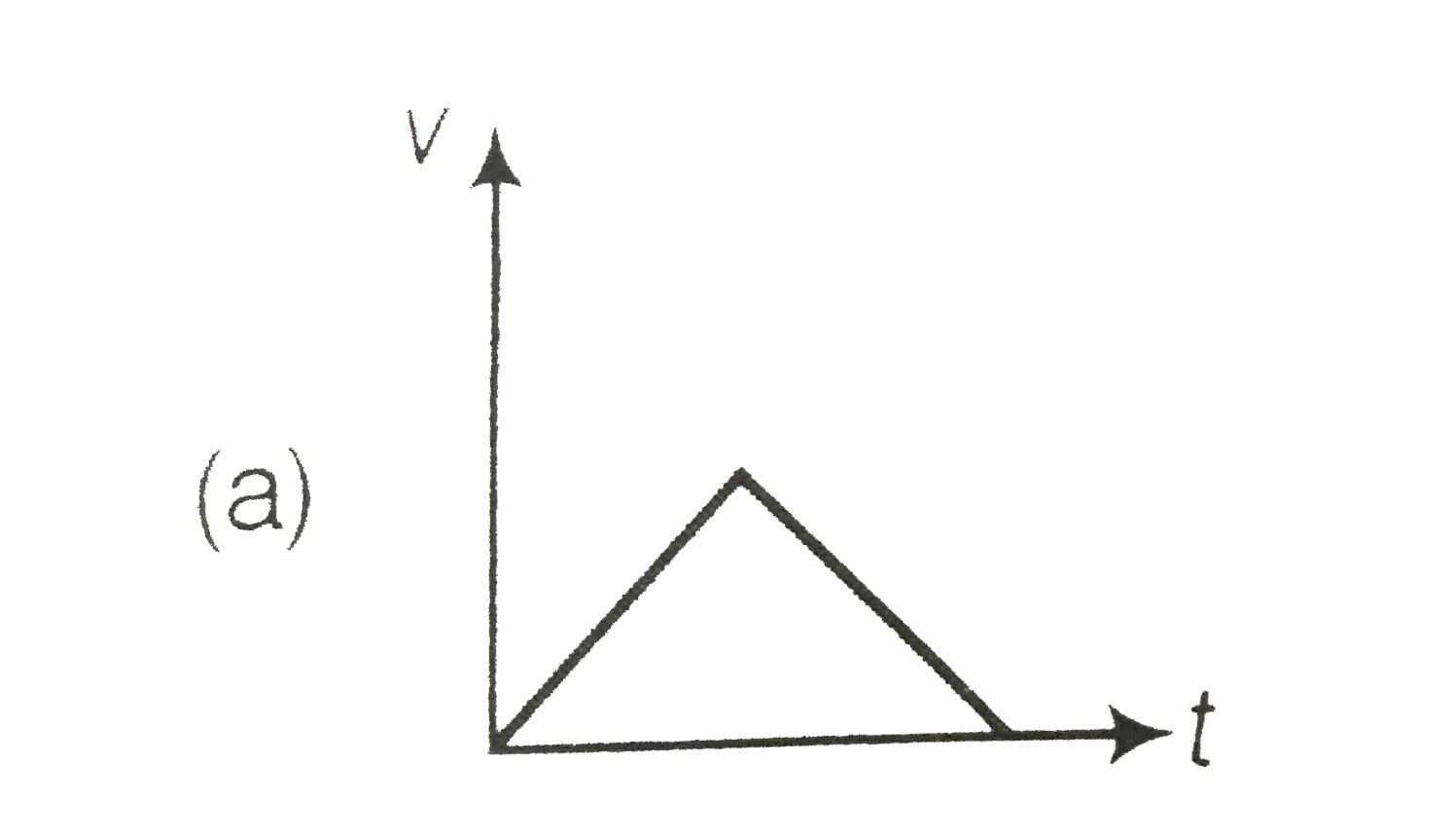
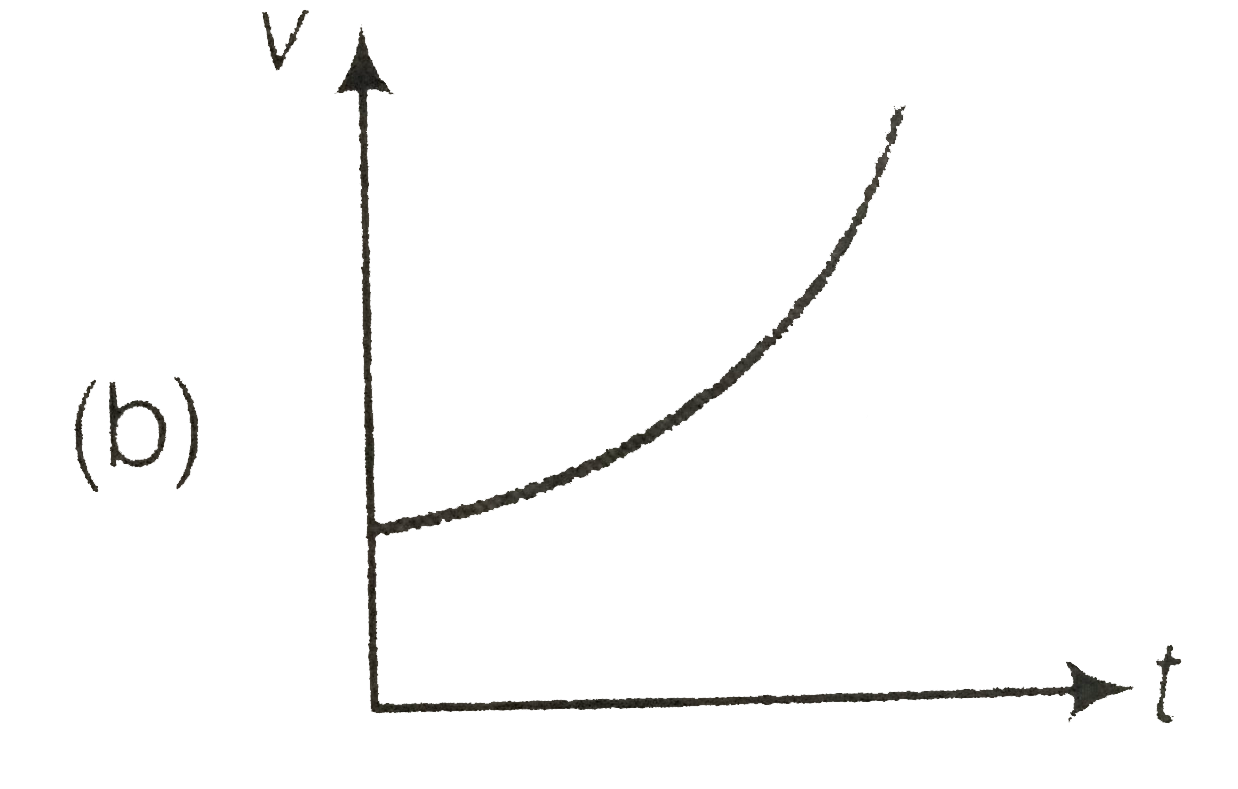
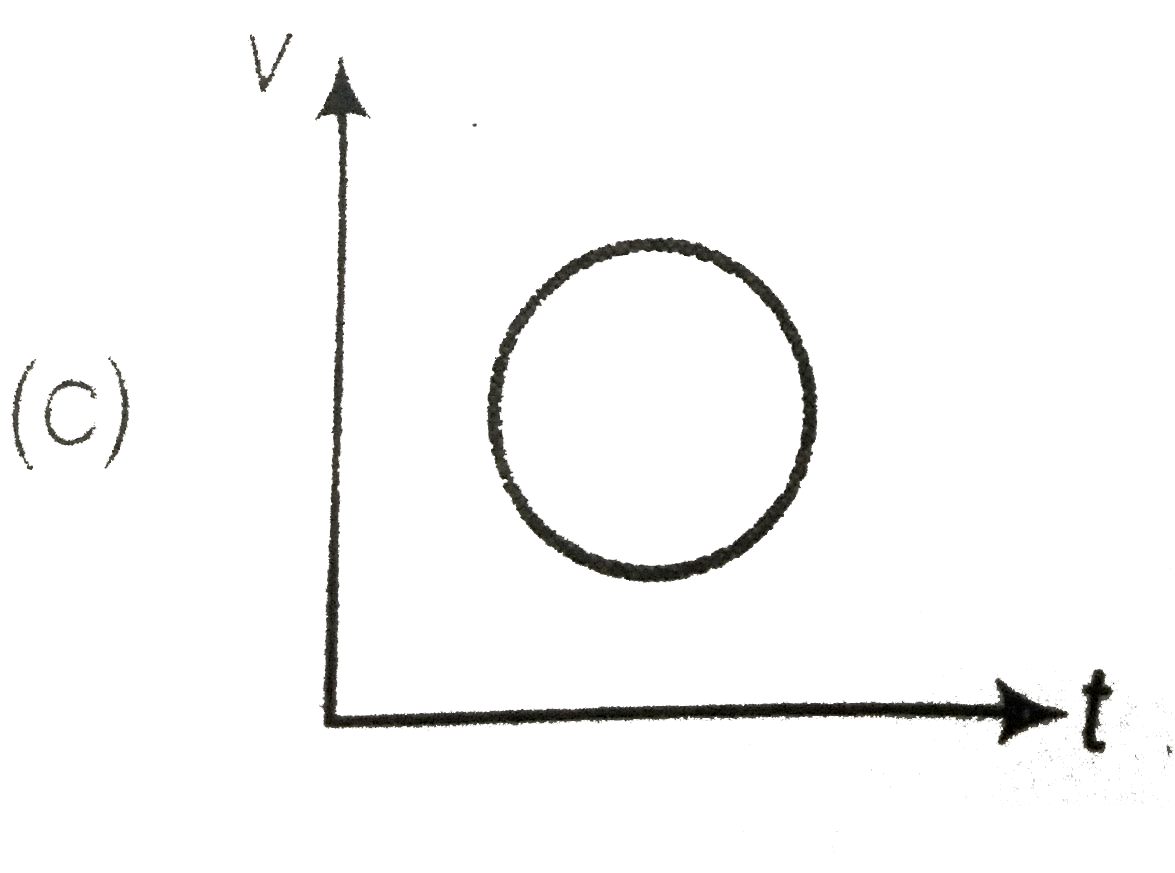

The correct Answer is:C
To determine which of the given curves does not represent motion in one dimension, we need to analyze each option based on the characteristics of one-dimensional motion.
1. Understanding One-Dimensional Motion:
- In one-dimensional motion, an object can only move along a straight line. The position of the object can be described by a single coordinate, and at any given time, it can have only one value of velocity.
2. Analyzing Option A:
- The graph shows velocity (v) increasing with respect to time and then decreasing. This indicates that the object is accelerating and then decelerating along a straight path.
- Conclusion: This curve represents one-dimensional motion.
3. Analyzing Option B:
- The graph shows velocity (v) first increasing with respect to time and then continuing to increase. This suggests that the object is continuously accelerating in one direction.
- Conclusion: This curve also represents one-dimensional motion.
4. Analyzing Option C:
- This graph shows two values of velocity (v) at the same time (t). This means that for a single moment, the object has two different velocities, which is not possible in one-dimensional motion. An object cannot occupy two different states of motion at the same time in one dimension.
- Conclusion: This curve does not represent one-dimensional motion.
5. Analyzing Option D:
- The graph shows velocity (v) first increasing, then decreasing, and then increasing again. This indicates oscillatory motion, which can still occur in one dimension as the object moves back and forth along a straight line.
- Conclusion: This curve represents one-dimensional motion.
6. Final Conclusion:
- Based on the analysis, option C is the only curve that does not represent motion in one dimension.
Answer:
Option C does not represent motion in one dimension.
- In one-dimensional motion, an object can only move along a straight line. The position of the object can be described by a single coordinate, and at any given time, it can have only one value of velocity.
- The graph shows velocity (v) increasing with respect to time and then decreasing. This indicates that the object is accelerating and then decelerating along a straight path.
- Conclusion: This curve represents one-dimensional motion.
- The graph shows velocity (v) first increasing with respect to time and then continuing to increase. This suggests that the object is continuously accelerating in one direction.
- Conclusion: This curve also represents one-dimensional motion.
- This graph shows two values of velocity (v) at the same time (t). This means that for a single moment, the object has two different velocities, which is not possible in one-dimensional motion. An object cannot occupy two different states of motion at the same time in one dimension.
- Conclusion: This curve does not represent one-dimensional motion.
- The graph shows velocity (v) first increasing, then decreasing, and then increasing again. This indicates oscillatory motion, which can still occur in one dimension as the object moves back and forth along a straight line.
- Conclusion: This curve represents one-dimensional motion.
- Based on the analysis, option C is the only curve that does not represent motion in one dimension.
Option C does not represent motion in one dimension.
Similar Questions
Knowledge Check
Which of the following does not represent a travelling wave
Ay=f(x−vt)By=ymsink(x+vt)Cy=ymlog(x−vt)Dy=f(x2−vt2)Which of the following pairs of structures does not represent isomers?
A B
B C
C D
D
Which of the following x-t graphs does not represent periodic motion?
A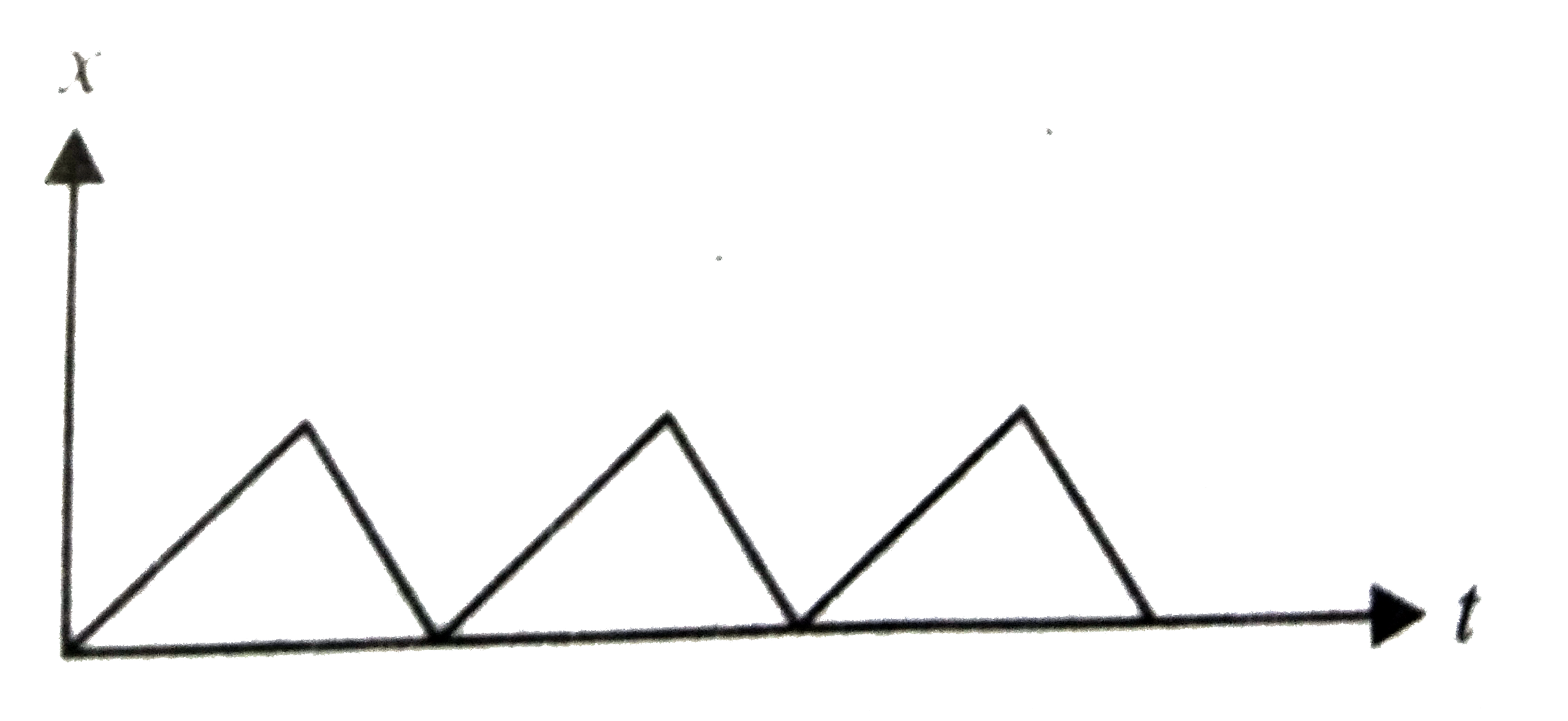 B
B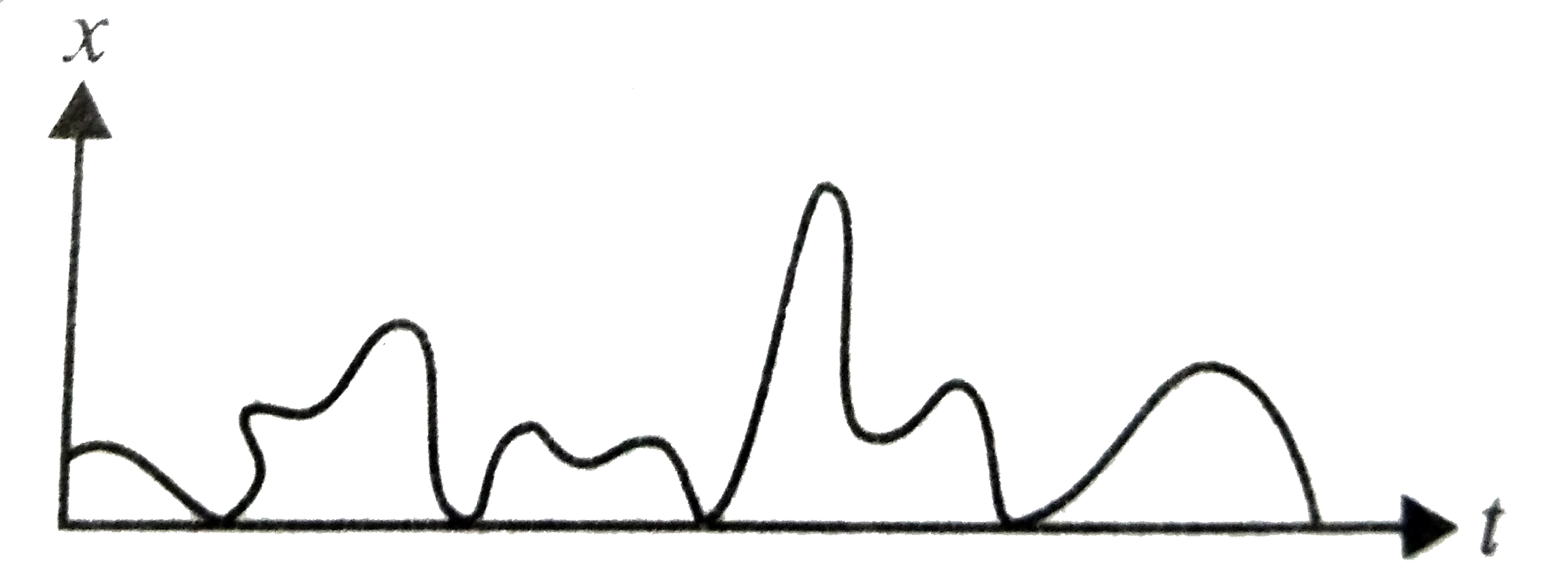 C
C D
D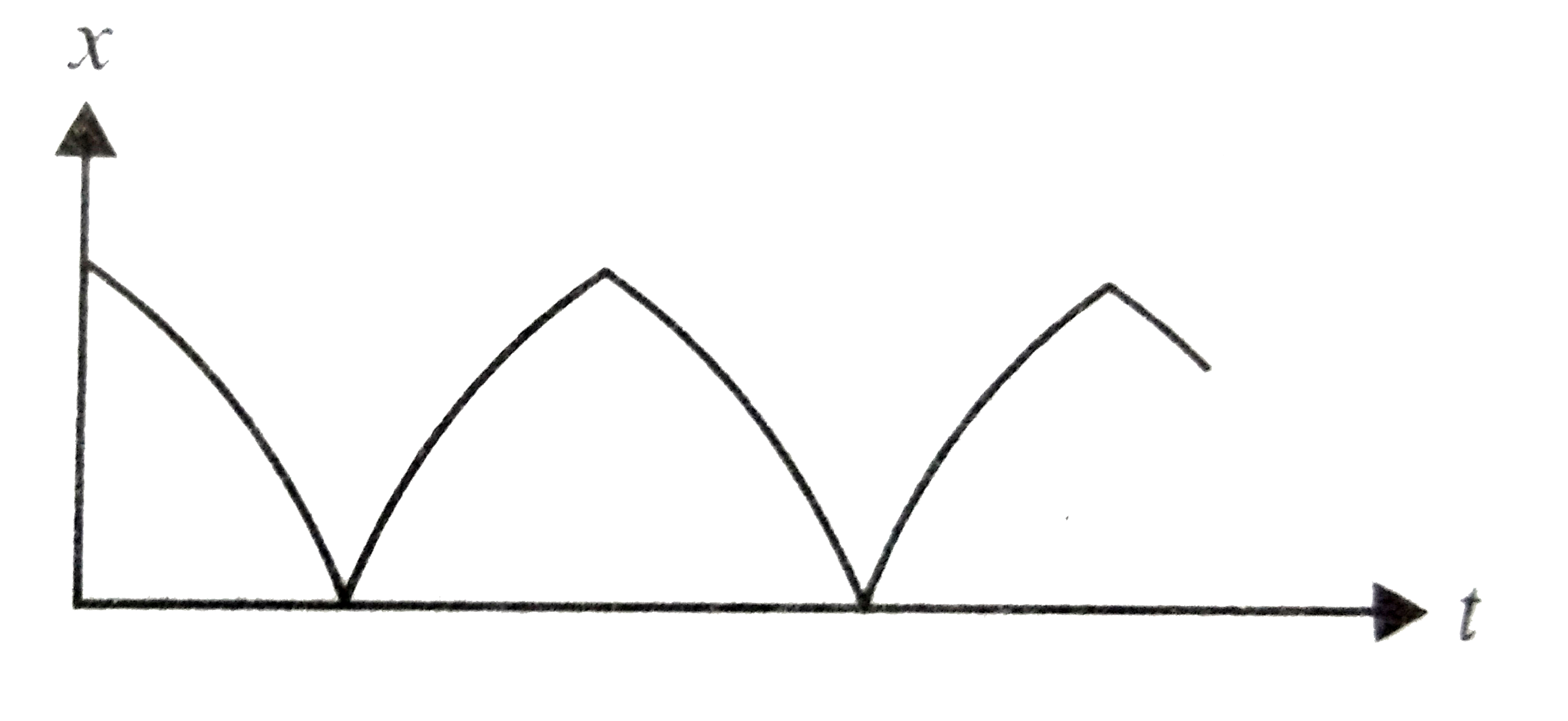
Which of the following does not represent redox reaction?
View SolutionWhich of the following does not represent ideal gas equation?
View SolutionWhich of the following plots does not represent Boyle's law?
View SolutionWhich of the following examples does not represent disproportionation ?
View SolutionWhich of the following does not represent the correct reaction?
View Solution
